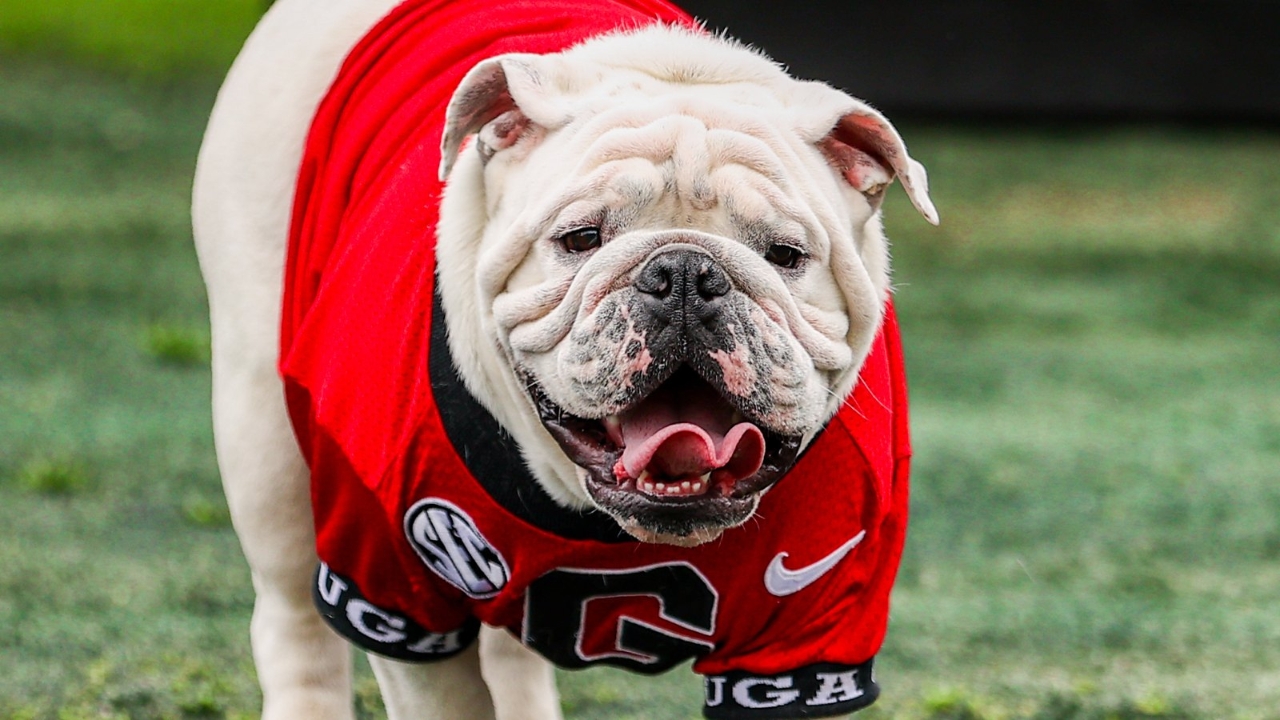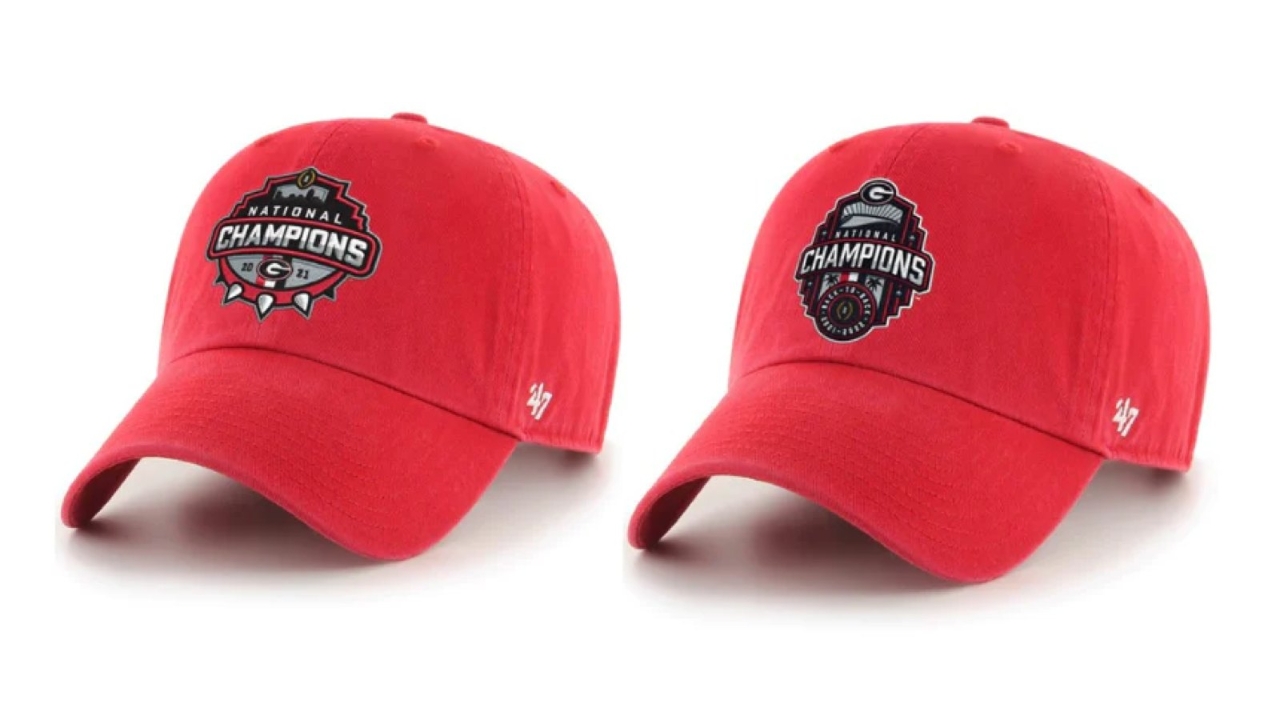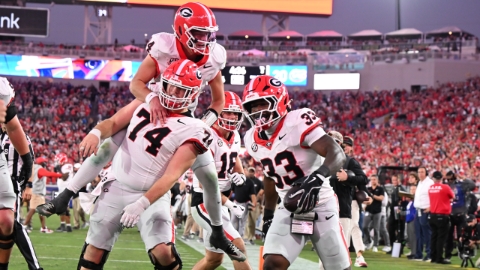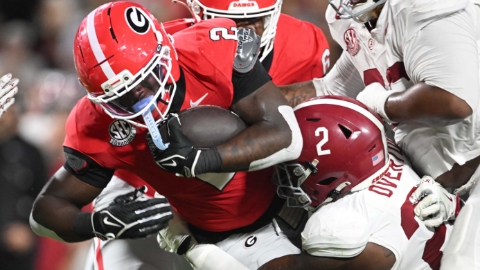
Real Georgia Fans Don’t Miss the Dawg Post Newsletter - Sign up now!
ATHENS - Legendary comedian George Carlin likened football strategy to a military operation with its “quarterback, otherwise known as the field general.”
Yet, when NFL teams draft this most important position – hoping to find the right “general” to lead them into battle – it is often more akin to the dating world. Sadly, clubs drafting the highest are often in shambles as they try to recover from disastrous quarterback relationships. Some of these teams have unmet needs in so many areas but think the right quarterback match will solve everything. Even teams that have been repeatedly let down by previous first-round quarterbacks may still be hopeful that they can find Mr. Right on draft night. Maybe after years of pain, this new guy can finally be the missing piece to a healthy, long-term and successful relationship.
The Georgia Bulldogs go Back to Back!
Reserve Your Copy of DOUBLE DAWGS NOW!
Because of the importance of the quarterback position, every year NFL teams commit way too early in the draft to quarterbacks who have red flags. Common examples of such overdrafting are when NFL teams fall in love with quarterbacks that compiled statistics in college against inferior competition; were rarely forced to throw into tight windows or go to second, and third reads; or merely have desirable “traits” like a strong arm, athleticism or the ability to make the occasional spectacular play.
Notwithstanding the significant time and money spent on evaluation, first-round quarterback selections are still only about 50% likely to work out. Perhaps the most famous example of this was the legitimate debate over whether Ryan Leaf or Peyton Manning should be the first overall pick in the 1998 NFL Draft. To be sure, no quarterback selected this year, or any year for that matter, is guaranteed to be worthy of the first overall selection. Moreover, it is highly unusual for there to be more than one quarterback coming out of college each year that is as close to a “sure thing” as recent top picks Joe Burrow (in 2020) or Trevor Lawrence (in 2021). Nevertheless, quarterbacks that were not consistently good in college are drafted among the top 10-15 picks nearly every year. This pattern continues because NFL executives routinely believe they can “change” their man – make him an accurate passer, teach him to read defenses, etc. Inevitably, needy NFL franchises will ignore red flags again this year and reach for a quarterback in large part because he looked great in a t-shirt and shorts at the NFL Combine.
Absent a Burrow or Lawrence level prospect, the smarter move for bad teams is to trade back, and allow others to overdraft the quarterback with high upside potential but red flags. It makes little sense to draft players like Anthony Richardson or Will Levis early in the first round, hoping they will be the outlier who is much better in the NFL than in college. The king’s ransom that quarterback-starved teams will pay to move up to get who they hope could be “their guy” can allow horrible teams who trade their picks to build their lines of scrimmage and shore up other deficiencies.
As it stands right now, Alabama quarterback Bryce Young has the best odds, at -5000, of being selected No. 1 overall to the Carolina Panthers according to FanDuel.
UGA 2021 & 2022 NATTY OFFICIAL LOGO HAT COMBO
Check out this deal out today!
Instead of picking a questionable quarterback early, perhaps teams trading down -- now armed with extra draft picks -- should select two quarterbacks in the third round. There is often not a discernable difference between the mediocre college quarterback pushed up into the first round and a third-round selection. Perhaps one such third round quarterback might end up being better than expected or at least serviceable as the roster is overhauled. Having multiple picks also means more chances to hit on players at all positions of need.
Selecting a quarterback in the first round that has few or no red flags is still unlikely to change a franchise’s fortunes if, for example, the team has a terrible offensive line, no offensive weapons or a terrible defense. A struggling team should build its roster until it is ready for their long-term solution at quarterback, and then choose one that is worth the gamble, be it in the draft or free agency.
Think of it this way: after a relationship ends in painful fashion, conventional wisdom dictates that it is best for the broken-hearted to be alone for some time, perhaps casually date and work on themselves. Like picking a quarterback, even a great dating choice is unlikely to work out if other needs are unmet. NFL General Managers know football, but until some understand dating better, quarterback selections that seem great at the time will result in yet another walk of shame to the top of the draft.





